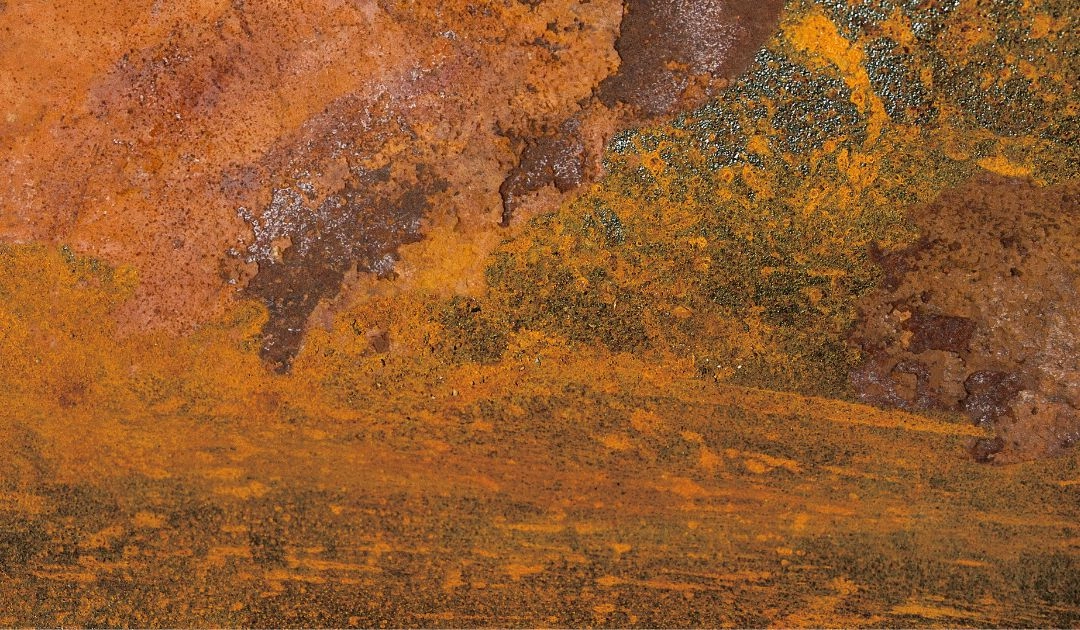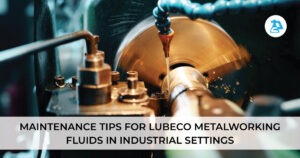Rust is a common problem that affects metal objects such as cars, bicycles, tools, and other household items. Rust is the result of the corrosion of metal caused by exposure to water, air, and other environmental factors. The process of rusting can cause significant damage to metal objects, which can be costly to repair or replace. In this blog, we will explore the science behind rust and how to remove it.
How Rust Forms
Rust is a form of corrosion that occurs when iron or steel is exposed to water and oxygen for an extended period. Rust is a chemical reaction that causes the iron in the metal to oxidize, resulting in the formation of iron oxide, commonly known as rust. The process of rusting can be accelerated by exposure to salt, acids, or other chemicals.
The chemical reaction that causes rust is an electrochemical process. In the presence of water and oxygen, iron atoms lose electrons and become positively charged ions, also known as cations. The electrons that are released during this process combine with oxygen atoms to form negatively charged ions, also known as anions. The cations and anions then combine to form iron oxide, which is the rust that we see.
The rate of rusting depends on a variety of factors, including the amount of exposure to water and oxygen, the temperature, and the presence of other chemicals. High humidity and exposure to salt can accelerate the rusting process. In contrast, low humidity and cool temperatures can slow it down.
How to Remove Rust
Removing rust from metal objects can be a challenging task, but it is essential to prevent further damage to the object. There are several methods for removing rust, including mechanical methods, chemical methods, and natural methods.
Mechanical Methods
Mechanical methods involve physically removing the rust from the surface of the metal object. One of the most common mechanical methods is to use sandpaper or a wire brush to scrub the rust off the surface of the metal. This method can be effective, but it can also be time-consuming and may not remove all the rust.
Another mechanical method is to use a grinder or a drill with a wire brush attachment to remove rust. This method is more aggressive than using sandpaper and can quickly remove large amounts of rust. However, it can also damage the metal if not used correctly.
Chemical Methods
Chemical methods involve using a chemical solution to dissolve the rust from the surface of the metal. One of the most common chemical solutions for rust removal is a mixture of white vinegar and baking soda. The vinegar is acidic and dissolves the rust, while the baking soda acts as a mild abrasive to scrub the rust off the surface of the metal.
Another common chemical solution is commercial rust removers, which are available in hardware stores. These solutions typically contain a mixture of chemicals that dissolve the rust from the surface of the metal. However, these solutions can be harsh and may damage the metal if not used correctly.
Natural Methods
Natural methods involve using natural materials to remove rust from the surface of the metal. One of the most common natural methods is to use lemon juice and salt. The acid in the lemon juice dissolves the rust, while the salt acts as an abrasive to scrub the rust off the surface of the metal.
Another natural method is to use potato slices. Cut a potato into thin slices and rub them on the surface of the metal. The oxalic acid in the potato dissolves the rust, making it easier to remove.
Preventing Rust
Preventing rust is the best way to ensure that your metal objects last for a long time. Here are some tips to prevent rust:
Keep metal objects dry – moisture is the main cause of rust, so keeping metal objects dry can prevent rust from forming.
Apply a protective coating – a protective coating such as paint or a rust inhibitor can help prevent rust from forming by creating a barrier between the metal and the environment.
Store metal objects properly – storing metal objects in a dry and well-ventilated area can prevent moisture from accumulating and causing rust.
Use stainless steel – using stainless steel for items that will be exposed to water and moisture can prevent rust from forming.
Clean metal objects regularly – regularly cleaning metal objects can prevent dirt and grime from accumulating on the surface, which can trap moisture and cause rust.
Conclusion
Rust is a common problem that affects metal objects, but understanding how rust forms and how to remove it can help prevent further damage to the object. The process of rusting is an electrochemical process that occurs when iron or steel is exposed to water and oxygen for an extended period. Removing rust can be done through mechanical, chemical, and natural methods, but preventing rust is the best way to ensure that metal objects last for a long time. By keeping metal objects dry, applying a protective coating, storing them properly, using stainless steel, and cleaning them regularly, rust can be prevented from forming and damaging metal objects.




